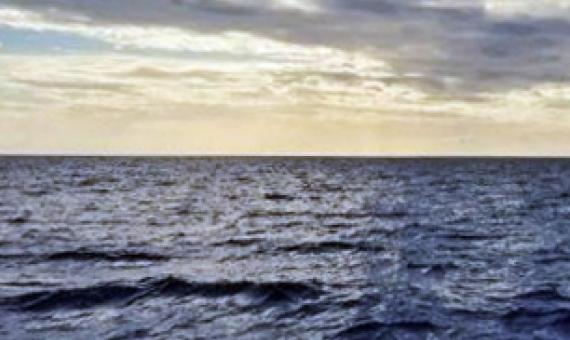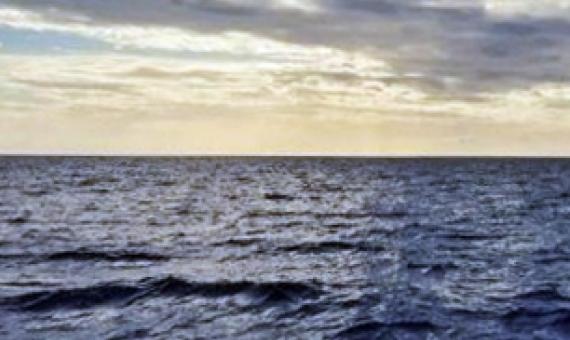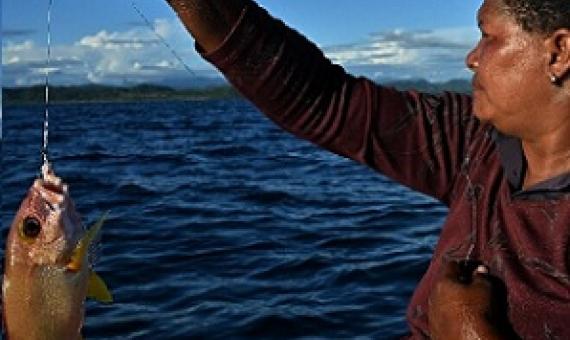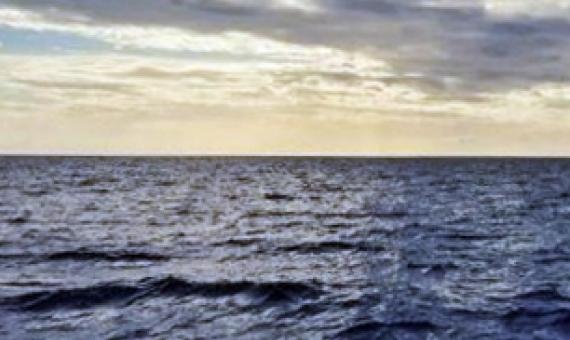Global Protected Areas as refuges for amphibians and reptiles under climate change
Protected Areas (PAs) are the cornerstone of biodiversity conservation. Here, we collated distributional data for >14,000 (~70% of) species of amphibians and reptiles (herpetofauna) to perform a global assessment of the conservation effectiveness of PAs using species distribution models. Our analyses reveal that >91% of herpetofauna species are currently distributed in PAs, and that this proportion will remain unaltered under future climate change. Indeed, loss of species’ distributional ranges will be lower inside PAs than outside them.





